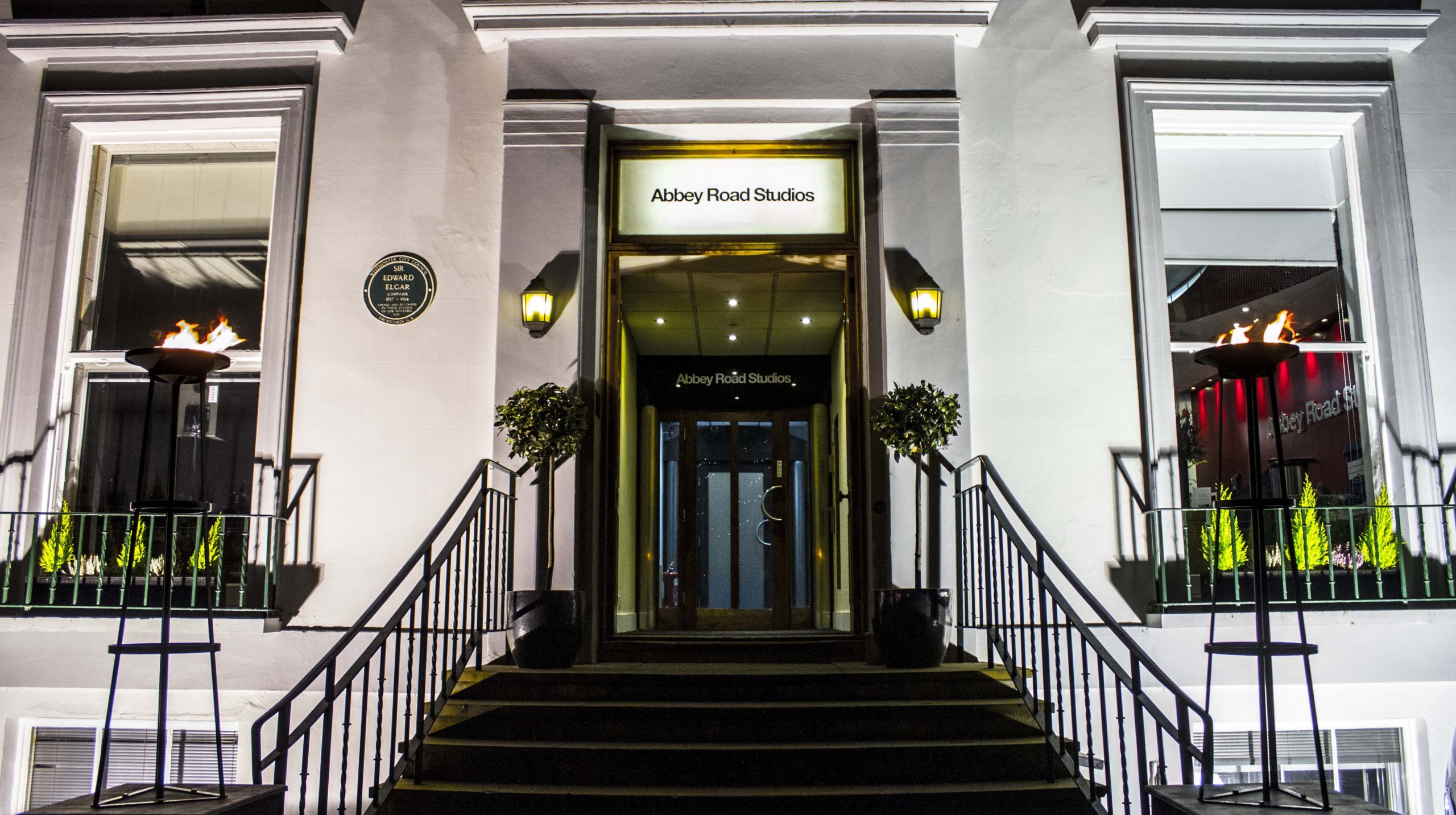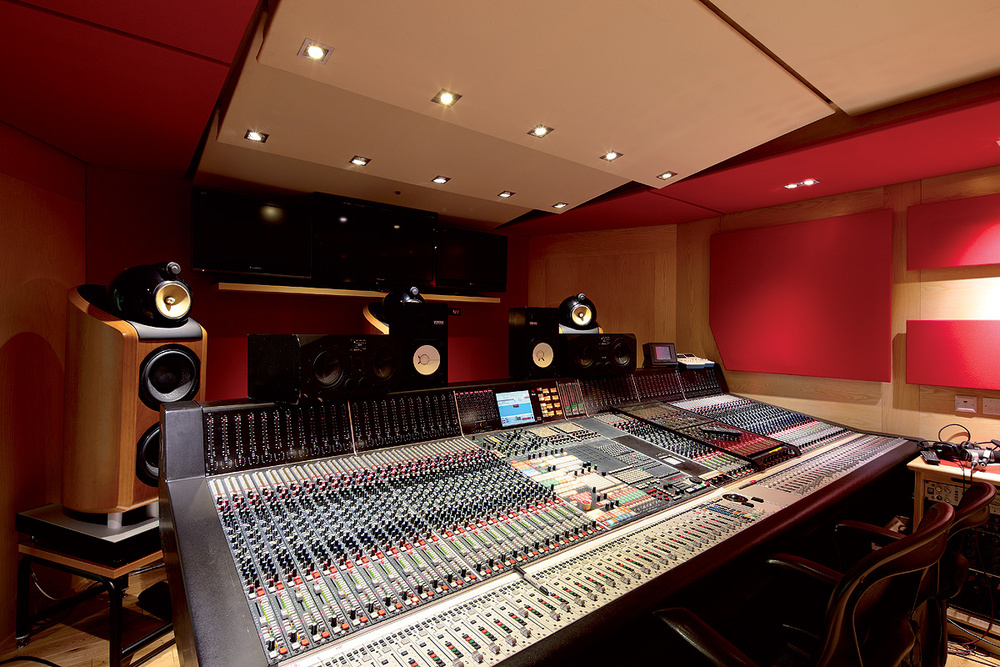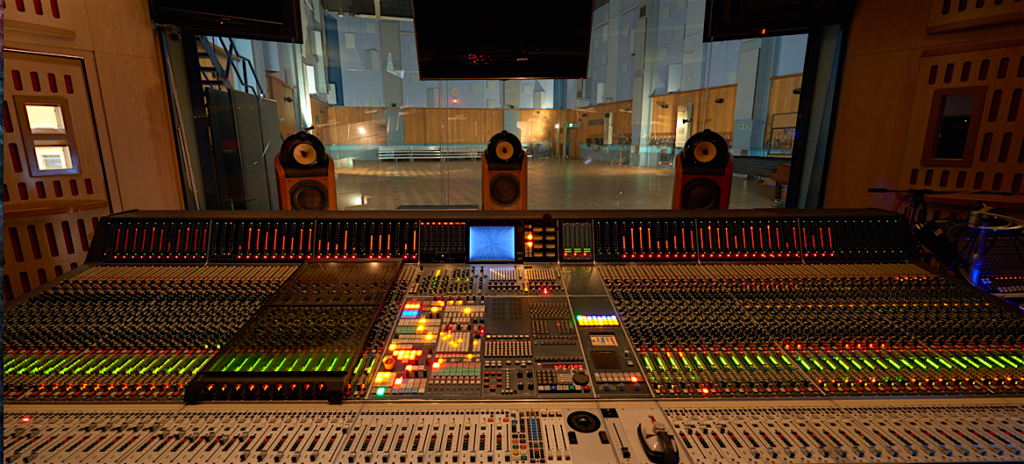Since Peter Jackson’s Get Back documentary about The Beatles, the use of De-mix technology has been more prominent in the public realm, and it is a truly intriguing technique. Even the term ‘De-mix’ is a fascinating one, that mentally evokes a challenge similar to ‘un-baking’ a cake.
In fact, the process of De-mixing has been used by Abbey Road Studios for some time, and the technique was developed in partnership with mastermind technical analyst James Clarke, who recalled that the idea first came to him back in 2009. The first project Clarke created was in 2011, with the reimagining of The Beatles Live At The Hollywood Bowl, with many classic Beatles records subsequently following, including A Hard Day’s Night (the movie), 1+, parts from Sgt Pepper’s Lonely Hearts Club Band 50th Anniversary and The White Album. Aside from The Beatles, David Bowie’s Life on Mars, Rush 2112 – The Live Concert, and material from Cliff Richard and The Shadows, as well as Yusuf/Cat Stevens, have been similarly reworked with the De-mix technology.
What is De-mix technology and how does it work?
Abbey Road Studios explains on their website that in its simplest form, the software enhances the original vocals and helps to amplify the bass, which is something that mixes in the late 1960s were often unable to do.
“Using algorithms that are trained on target instruments, De-mix can extract these components to enhance or reduce targeted EQ or isolation. Not only can De-mix be used to adjust the levels of musical elements within a mix, it can also make vocal isolation or removal a reality.
The new process unlocks mono recordings or those where full multi-tracks do not exist, allowing our engineers to adjust the balance and levels of instruments and vocals within a track to rebuild, rebalance and remix the recording. For remastering projects, De-mix allows our engineers to perform targeted EQ balancing. For example, the engineer can adjust and EQ a bass guitar without any impact on the vocals or drums.”
Abbey Road engineer Lewis Jones talked about working on vintage tapes by The Rolling Stones back in 2018, likening the De-mix process to remastering – he drew similarities between taking an initial stereo track, and then making a multi-track of that stereo in order to edit the parts more individually, and enhance them. In the case of these older tracks, however, the source is more often a mono track, which was commonplace in the 1960s.
The comparison to the remastering process makes the technology a little easier to digest. Delving deeper into the science of how De-mix works, Clarke explains:
“The process is that you create spectrogram models of the target instrumentation you’re looking for, so vocals, guitars, bass, drums, stuff like that. And then the software starts to look for patterns within the mixed version that matches those models. It then creates what are called masks, which effectively, think of them like a specific sieve, you just drop the audio through it and the mask catches the bits it wants to keep and lets everything go through. It then does the same for all the other instruments and eventually, it works out that this bit of audio belongs to the drum, or the vocal or bass guitar.”
Clarke also explained that if engineers were having issues while working with the De-mix software, he could tweak the code and the models to assist the process. And looking to the future, Clarke says he is currently moving into a deep learning approach that uses the same concept of generating these masks to un-mix the audio, however, the masks are learnt rather than derived and can be applied to any song. He states that “It’s producing some stunning results at the moment”.
What could be the impact of De-mix technology?
There appears to be only positive potential in the use of De-mix technology, the most notable being the restorative nature of its application – old, forgotten, or bootlegged tracks can benefit hugely from these techniques, and become resurrected to live a second life.
Abbey Road Studios already offer the De-mix service to clients as a remix or remastering option, and the possibilities for the future usage, licensing, or commercialisation of this technique look promising; should Clarke’s deep learning approach continue to create new versions of De-mix, it seems feasible that the technology could one day become widely available to producers and creators. If it can eventually be used as an adaptive preset (as Clarke described in his description of the technology’s deep learning potential), the impact would be huge. Ultimately, taking the innovation and quality of the Abbey Road techniques, and making the software available to use on records everywhere, is a very exciting prospect.


